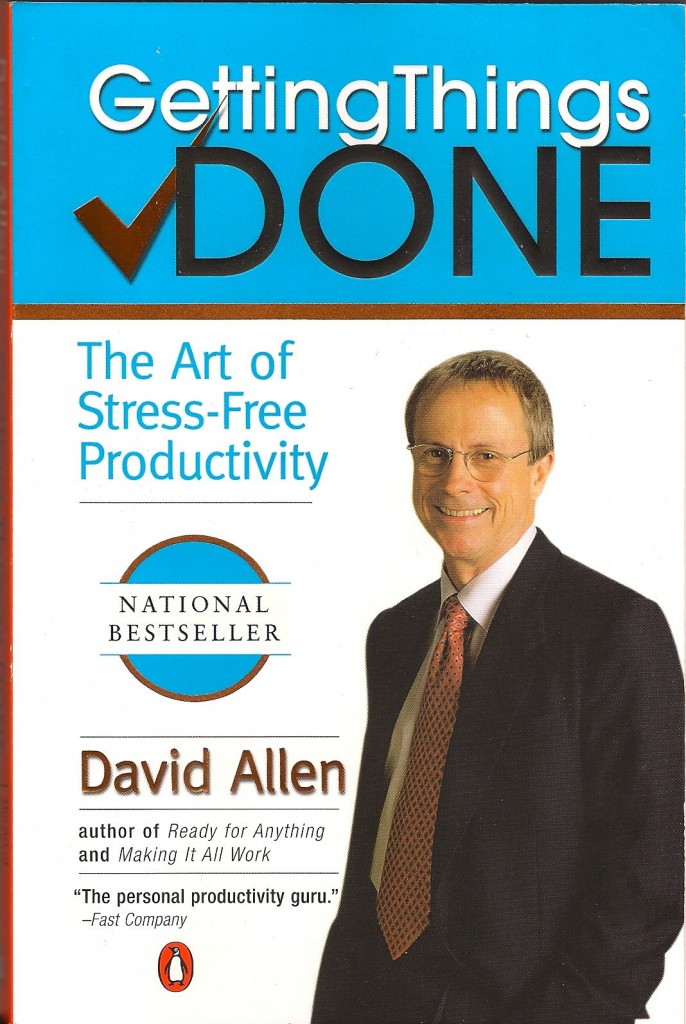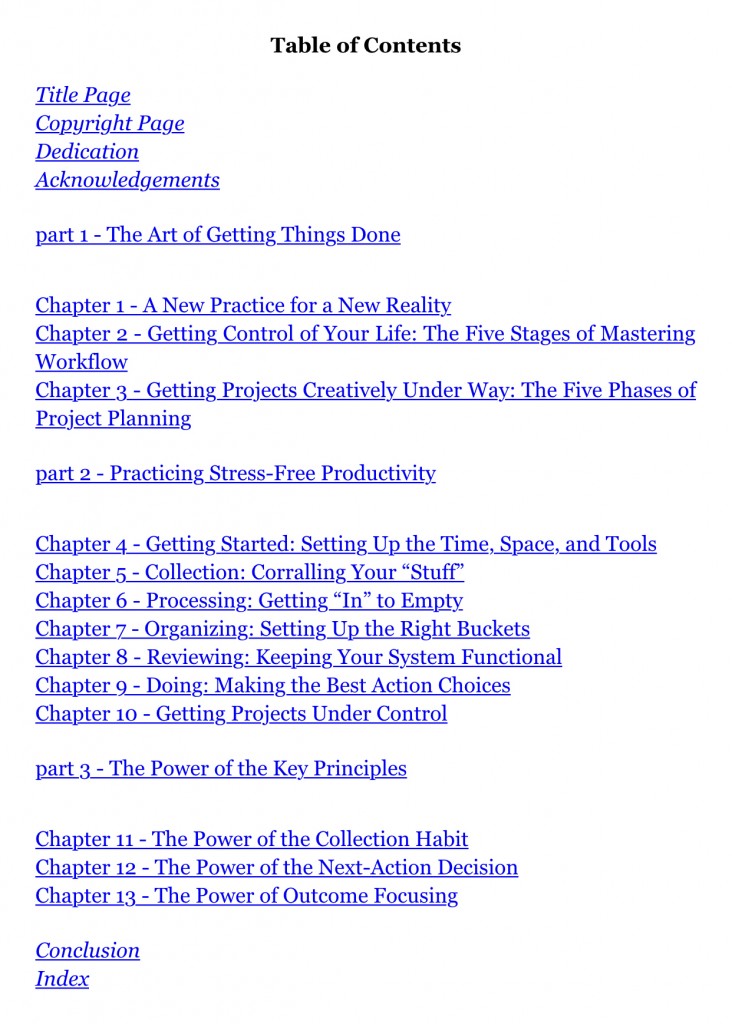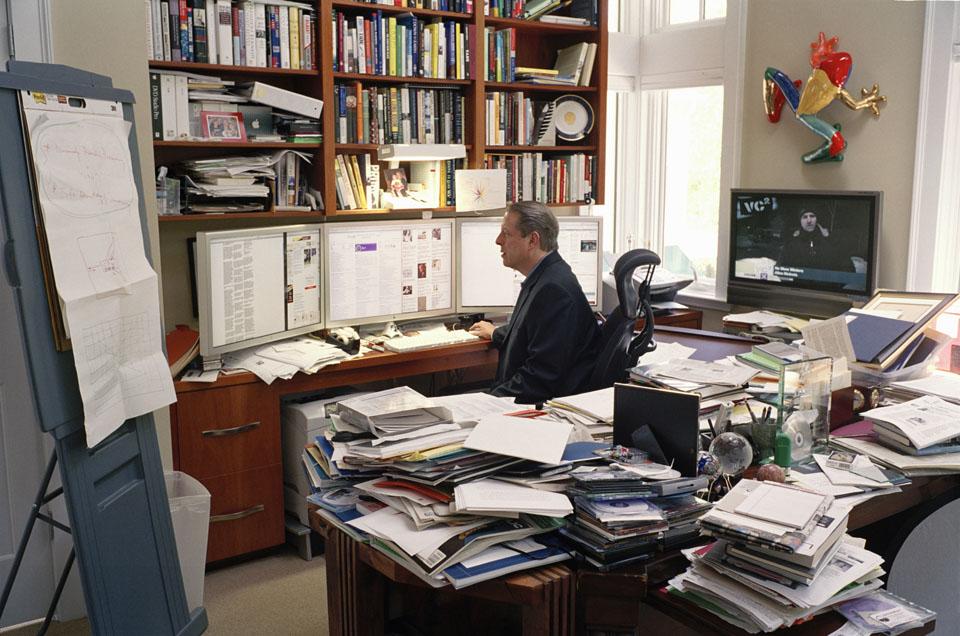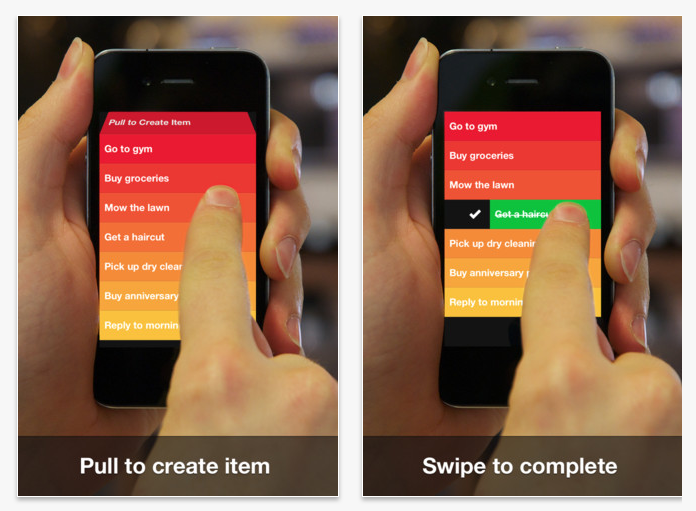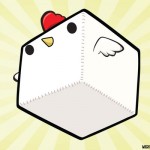Creating a consistent, productive routine that taps our greatest creative energies by putting routine tasks and random ideas in their place is one of the greatest things we can achieve in life. Such as system allows us to check off a multitude of routine tasks that make up modern life, while focusing the power of our minds to tackle complex plans and projects that give us the most satisfaction. Getting Things Done: The Art of Stress-Free Productivity by David Allen is perhaps the best book available to help you create such an ideal, life scenario.
David Allen is a professional with decades of experience in productivity and has coached thousands of clients in seminars and one on one, helping them change their habits and thinking in seemingly mundane ways, but leading to a profound impact on their lives.
GTD is geared towards corporate professionals, but its lessons can be applied to every lifestyle, from multinational CEOs and marketing executives to self-employed, maverick travelers and stay-at-home parents.
Before anything can be accomplished, Allen recommend a comprehensive “processing” phase that involves reviewing and dealing with everything you have. This doesn’t mean deciding or completing every possible action for every scrap of paper or physical item in your posession, but it doesn mean deciding where it should go, what should be done with it, and how to fit it into your list system. Depending on how much stuff you have, this process may take even several days or more, but it is well worth the peace of mind that you’ve addressed every dark closet, nook and cranny of your desk and pile of papers in your possession.
The system is based on having a capture mechanism that records every appointment, meeting date, grocery item, business plan, travel destination wish and each stray idea in between. My preferred capture mechanism is my iPhone 6+ and the Clear app. You can of course use a simple notebook and calendar, a folder system as described by Allen in GTD or anything that works for you. I prefer my iPhone and the Clear app because I always have it with me, it syncs with my computer and the cloud and adding information doesn’t take up any physical space or require any pen or paper, just my fingers and a charged phone.
It’s not enough to simply capture everything in one list, you must organize these tasks, ideas, wishes, etc. into specific categories. Mine include “Projects” where I list the 4-5 big projects I am working on this year, separate lists for each project such as “PhD” and “ResearchTeacher.com” which list specific action items to help each project proceed, “Social” for people I want to contact at some point, “Someday” for things I’d like to do or places I want to travel sometime in the future and “Tickler” for things I’d like to do in the near future but aren’t urgent and date-specific. A few extra lists I have are “Values” and “Responsibilities” which serve as reminders of my core principles and obligations.
The most important list and the driving force behind the system is the “Next Actions” list. This list includes items that are to be done next, in order of their importance to reaching your various goals, or doing things that are date/time-specific like meetings, or routine things like grovery shopping and going to the gym.
A key component of an item on the “Next Actions” list is that it is actionable on its own, “get new tires” is not specific enough, it should be broken down into calling the tire store, checking prices, scheduling an appointment and setting aside the time to do it. Some people may be able to do all these things in one stretch, but many “To-Do’s” are ignored or neglected precisely because they are really a larger project posing as an action item. Breaking down even routine projects like the tire example will give you a sense of satisfaction by being able to check off each successive action as you progress towards its conclusion.
Another critical component of this system is the Weekly Review. The review serves as a way to reflect on your week and look through all of your lists, ideas and potential next actions. You can review your lists more frequently, but setting aside a solid chunk of time, perhaps even several hours if you are a very busy person, will help you get a handle on what you’ve accomplished and how you’d like to organize the week ahead.
This is only a thumbnail sketch of the Getting Things Done system. David Allen goes into far more detail and also has extensive chapters on project planning, organizing and taking action. I use GTD every day and its made me much more productive and focused than I could have imagined. The book is lengthy, but it is full of useful, actionable information that will change your life in a dramatic and positive way, as long as you put in the work.
Getting Things Done by David Allen on Amazon

